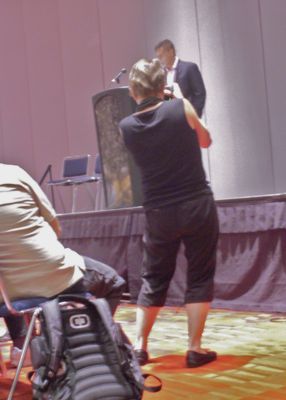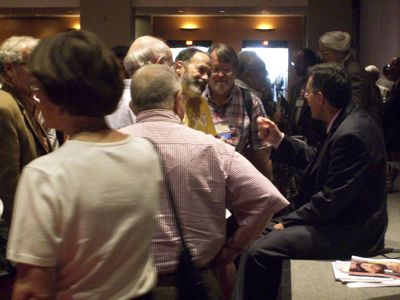9. Rethinking districts
This past year, I have been encouraged that quite a few people smart people have continued working on how to refashion the inefficient and inequitable district system.
As it stands now, the Unitarian Universalist Association (the UUA) is the national association of congregations; it is an incorporated non-profit. At a regional level, we have what are known as the districts, which are all separately incorporated non-profits. The UUA provides field services by partnering with the districts to jointly hire field staff (primarily district executives and district program consultants). Thus, field staff are jointly supervised by, and paid by, two separate non-profit corporations: field staff report both to a supervisor at the UUA, and to the board of the local district. This is not only a grossly inefficient system, it is a system that is inherently a breeding ground for conflict.
Equally bad, a congregation will get a different level of services based on which district it happens to be in. Some districts have a full-time district executive, and that’s about it. Other districts have a district executive, a program consultant, both of whose salaries are partly paid by the UUA, plus an administrator, and other part-time staff such as a youth programs coordinator, etc. The fact that the UUA provides more money to field staff in some districts than in other districts is problematic. But then too, the number of congregations in a district varies widely, meaning that congregations in the smaller districts have more access to field staff than congregations in larger districts. All this represents an inequitable use of the UUA budget.
Over the centuries, Unitarians, Universalists, and now Unitarian Universalists have used a variety of organizational structures to link the national organization with the individual congregations: Universalist state conventions, the Western Unitarian Conference, etc. We have a long history of having to change these organizational structures in response to changing times. It’s pretty clear that we can no longer afford the inefficiencies built into the current district system; nor should we have to put up with the inequities. I don’t know what the new structure should look like, but I’m glad that there are smart people experimenting with ways to share field staff resources, communicate better, and provide a more efficient and cost-effective delivery of field staff services.
Click on the tag “Top Ten in 2011” to see other posts in this series.


